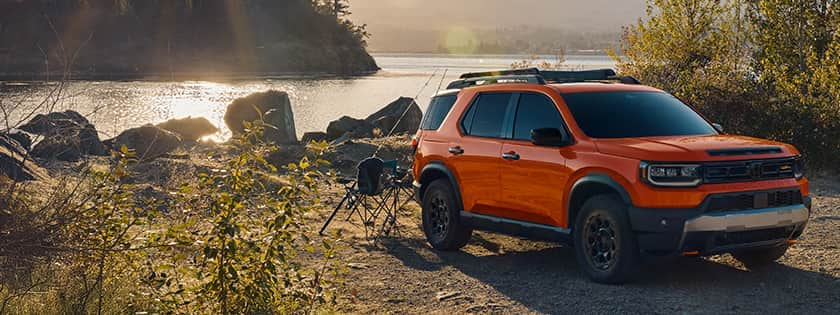If you're currently leasing a car, you've probably gotten a fair number of ads or emails suggesting that you trade in your current vehicle for a new one. These pitches promise a new vehicle for similar or lower lease payments. They may say that the dealership wants your vehicle because it's low on used-car inventory and needs exactly what you have.
These offers sound good, and the sheer number of attempts to reach you can add a sense of urgency. But is there anything to them? Are the offers too good to be true? The answer can depend on the type of advertisement you've received and the sender.
Why You're Getting the Offer
In the auto industry, these advertisements are part of what are known as "lease pull-ahead programs." Their goal is to "pull" customers back into the leasing cycle, ahead of when their current lease expires.
The three years of a typical lease may seem like a relatively short time to us. But in the eyes of automakers and car dealers, waiting 36 months for a customer to come back and do business again feels like a lifetime. So instead of waiting until your current lease is over to seduce you with offers of a new car, dealers start sending them before your lease is at the halfway point.
But these programs aren't just about making a new deal. Some manufacturers use lease pull-ahead programs to spread out the lease returns of certain models so that a large number of the same cars aren't hitting auction blocks at the same time. Too many of the same car showing up simultaneously at auction will eventually drive down that car's value.
Finally, the used-car department of your local dealership may really, truly want your off-lease vehicle, especially if there is a shortage of clean late-model cars.
So if you can be persuaded to turn in your car early, it can be a triple win for the dealership and the carmaker.
With all this at stake, it becomes easier to understand why carmakers and car dealerships invest so much energy in getting you back in the dealership ahead of schedule.


 by
by 


